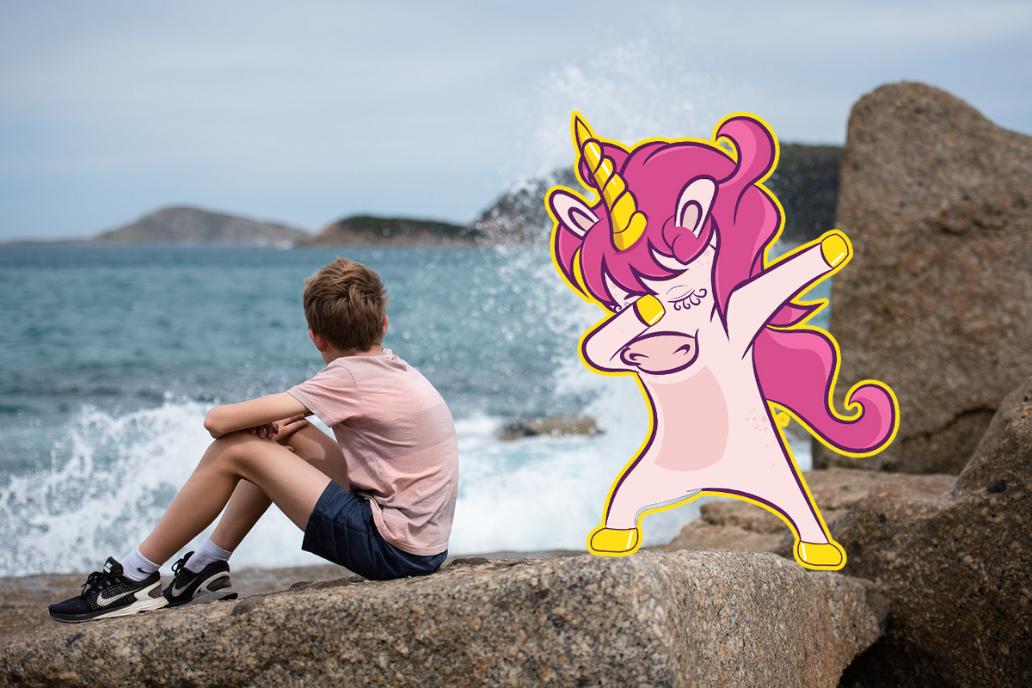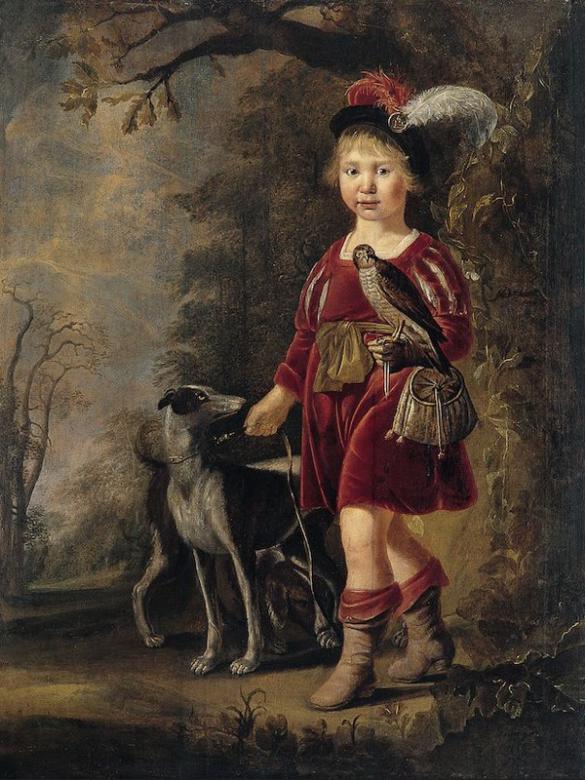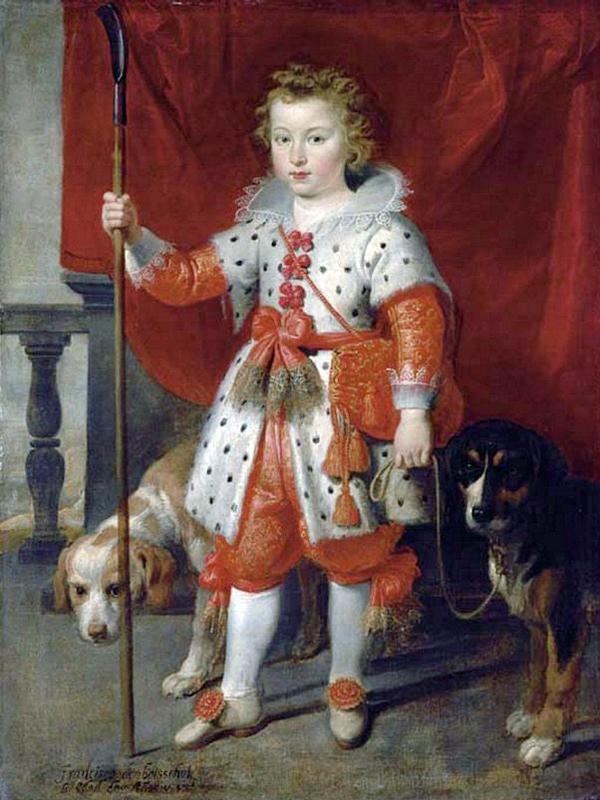

Children's colors and preferences are often influenced by deep-rooted gender stereotypes. However, a look at history reveals that these associations have not always existed.
In this article, we explore the history of gendered colors, how modern perceptions have evolved, and why it's essential to allow every child to express themselves freely.
We will also see how my children's pendants, designed to be unisex, are appreciated by many little boys.
Historical Artistic Representations of Children
There was a time when children's clothes were undifferentiated between girls and boys.
Artistic representations of the time often show children dressed the same way, regardless of their gender. In addition, colors were associated differently: pink and red, considered strong colors, were intended for boys, while blue, more
soft and associated with the Virgin Mary, was reserved for girls. Since the 15th century, when the Virgin Mary took on great importance in the small Pantheon of the Clergy, there are few paintings that represent the Virgin Mary without her loose blue garment.
These historical conventions show us that while our society has not ceased to depend on the yoke of gender norms, these are constantly evolving.
And besides, before the 18th century, boys and girls did not have specific clothing, we went from the layette to a unisex dress at the age of walking, a sort of long shirt reminiscent of medieval long clothing, until the so-called potty training age, therefore around 4 years old.

Anonymous
PORTRAIT OF A YOUNG FALCONER, 1639
This portrait depicts Mattheus Gilliszoon de Berch, a young boy from the 17th century Dutch bourgeoisie, in hunting clothes, a sign of his privileged ancestry.

Cornelis de Vos
PORTRAIT OF FRANÇOIS DE BOISSCHOT AT THE AGE OF 2 YEARS AND 7 MONTHS
A contemporary of Jordaens and Rubens, Cornelis de Vos is said to have worked with them; he was a painter of portraits and groups.
Caption
Row
Pair text with an image to focus on your chosen product, collection, or blog post. Add details on availability, style, or even provide a review.
Talk about your brand
Share information about your brand with your customers. Describe a product, make announcements, or welcome customers to your store.
Talk about your brand
Share information about your brand with your customers. Describe a product, make announcements, or welcome customers to your store.
Talk about your brand
Share information about your brand with your customers. Describe a product, make announcements, or welcome customers to your store.
